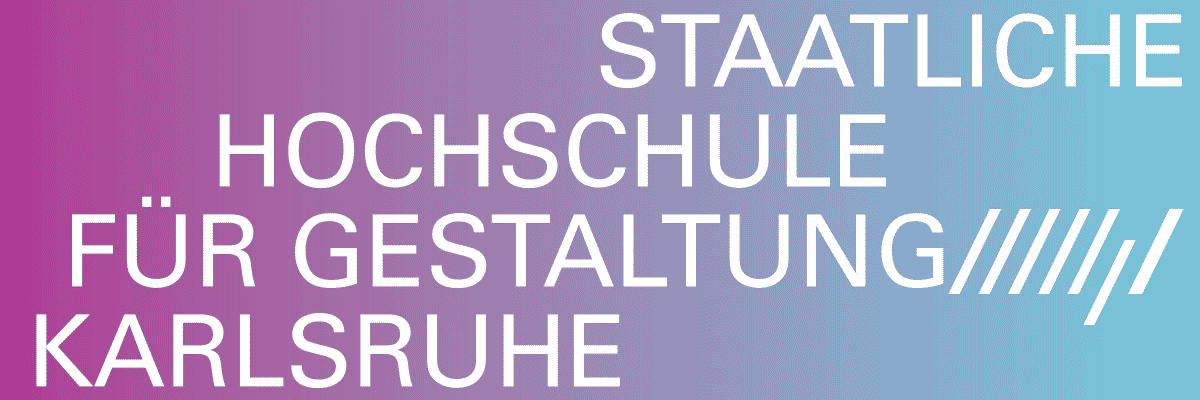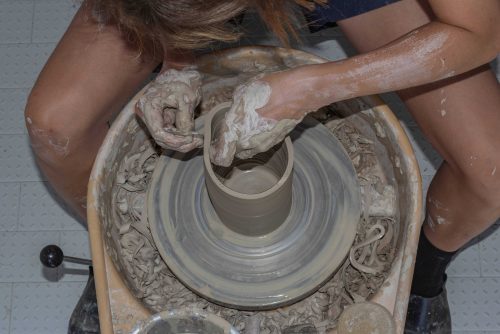
Béla Feldberg
Notes

Advertisement







Book Text : Dan Kwon, Béla Feldberg Designe : Julian Mader, Max Prediger






The built environment shapes and cuts.
It is a human made constant that fleshes out the public realm, private spaces and the fluctuating boundaries bleeding through both. Inquiring into the conceptual fabric of the built environment has been in the center of Béla’s practice for a while now. Even though he initially started working with photography many years ago, he has been obsessively and meticulously dealing with the structure of the ‘diorama’, both as a sculptural quality and in terms of a socially conditioned site, resulting to a body of works that operate on a space-specific, or space-bound level. Working along the lines of a very heavy lineage of site specificity within artmaking practices, he comes across these memories treating them as important predecessors whilst taking them with a grain of salt. Take for example a work presented during a showing at Städelschule. Utilizing the space that is given by the institution, namely the corner in his studio that he is allowed to use as an exhibition space during the presentation, he decides not to strip away the day-to-day working infrastructure that usually takes up much of the space and to create a clean slate but chooses to build around it. He decided to create a facade, almost like a small house that all the sudden sprang inside the school. Facades are cunning. They end up behaving in a manner that’s way more transparent, even contradicting, than what they're officially trying to convey. But the small house wasn’t built on a game of proportions. It came to life through enclosed narrations and personal mythologies.
Furthering his approach of storytelling devices that find themselves stuck on the inside of homes and on top of dusty terraces, Béla built a small-sized showcase and hang it quite high in the gallery space. The room was relatively empty utilized mainly to showcase his latest publication titled Notes, a selection of photographic material from his large personal archives depicting mainly urban details of the city of Frankfurt and spoils of poetic lines on a page here and there. The showcase included a couple of leaves that he picked up from across the street where the gallery is located, some miniature versions of black and white photography, text, visible cables, and a vent. What I find quit intriguing in the way dioramas operate is how they shape their own spectatorship, how they manipulate one’s perspective. There are many cases of re-sizing within art making that point towards a medium specific reflection, a relational take on dealing with objects and ones that operate on the power-subversion level. Béla decided to introduce a very personal take discreetly embedded in the small built-up structures he put together.
Narrative spaces are grounded on the condition of mediation, of sharing bits and pieces of the story. The tricky part is figuring out who's doing the talking and who's the one trying to listen. In the case of a small-scale diorama, where both the maker and the viewer are in an almost panopticon point of view, both are forced to take the spot of the giant. It's very easy one would assume if nothing shall remain hidden under the sun. The artist thoughtfully sticks the deeply personal origins of the story being told in the spots people wouldn't really look at. They are walled up, perhaps better whispered than read out loud. The book framing this showing is properly called Notes, and functions as a working diary. Fragments of text that the artist wrote in collaboration with a friend found their spot on the top of some pages alongside the photography included. Everything is in black and white, some of the shots are done very calculatedly, you can tell that they're curated, some other ones are rather spontaneous and quick, as if one was trying to not get caught. The fragmented lines just barely give away a couple of
entry points into the lives of the people living through those works. It rarely becomes clear where precisely those acts happened, what kind of stories were to be born through those settings.
In her seminal The Carrier Bag Theory of Fiction Ursula K. Le Guin talks about the holding quality of the basket and the bag in a brilliant retelling of humankind’s stance towards technology and evolution. She, in a stroke of caring history writing, elaborates on the structure of a container, one that holds, houses, and whispers. Perhaps building small diorama spaces, or miniature sized absurdist homes that invade institutions from the inside, is the way to safeguard the heartwarming properties of a good story.
Fictional or not.
Haris Giannouras
Book Title: Notes
Book Text : Dan Kwon, Béla Feldberg
Designe : Julian Mader, Max Prediger
Haris Giannouras




